4 Types of Tile for Your Home
From contemporary to colonial homes, tile is making a splash thanks to its aesthetic appeal and durability. With so many styles, choosing the perfect material can be a challenge. Take a look at the various types and learn how each fits your design and lifestyle.
GLASS
Glass tile has emerged as a kitchen and bathroom favorite. From backsplashes to shower walls, see-through subway tile, available in numerous shades, is popular. Some homeowners choose to let their creativity shine by creating a one-of-a-kind mosaic with smaller glass tiles, found in nearly any hue imaginable. Though this style indisputably ups the “wow” factor, it can be more expensive than other varieties of tile.
PORCELAIN
When it comes bathroom walls and floors, porcelain tile is a go-to choice. Offered in multiple finishes such as matte, semi-gloss, unglazed, and high polish, porcelain tile comes in an array of sizes. Stain- and scratch-proof, these tiles are easy to clean and will look stunning for years to come.
CERAMIC
Softer than porcelain, ceramic tiles are among the most affordable tiles on the market. They’re frequently used in both wall and floor applications. Their texture and coloring often resemble natural stone, slate, marble, and travertine, making them well-suited to entryways, bathrooms, kitchens and hallways. The best part? They’re far less expensive than their stone counterparts. Though stain- and scratch-resistant, they may crack should a heavy object land on them. While easy to maintain, they will become quite slippery when wet. So, homeowners considering this material for entryways should place an area rug nearby to minimize the potential for slips and falls should shoes or boots track in water.
STONE
When used for flooring, stone tile adds natural beauty to a space by bringing the outdoors in. Varieties may include slate, sandstone, limestone, marble, travertine and quartzite, which each have their own unique characteristics courtesy of Mother Nature. Stone also lends timeless charm when surrounding a fireplace. Sturdy yet attractive, stone tiles absorb water, which means they aren’t slippery the way ceramic tiles might be should a spill occur. But keep in mind, they can become damaged over a long period of time by water. While stunning, natural stone tiles are often considered pricey, which serves as a deterrent for many homeowners. Still, they’re frequently put to work in the kitchen as countertops thanks to their durability and heat resistance.


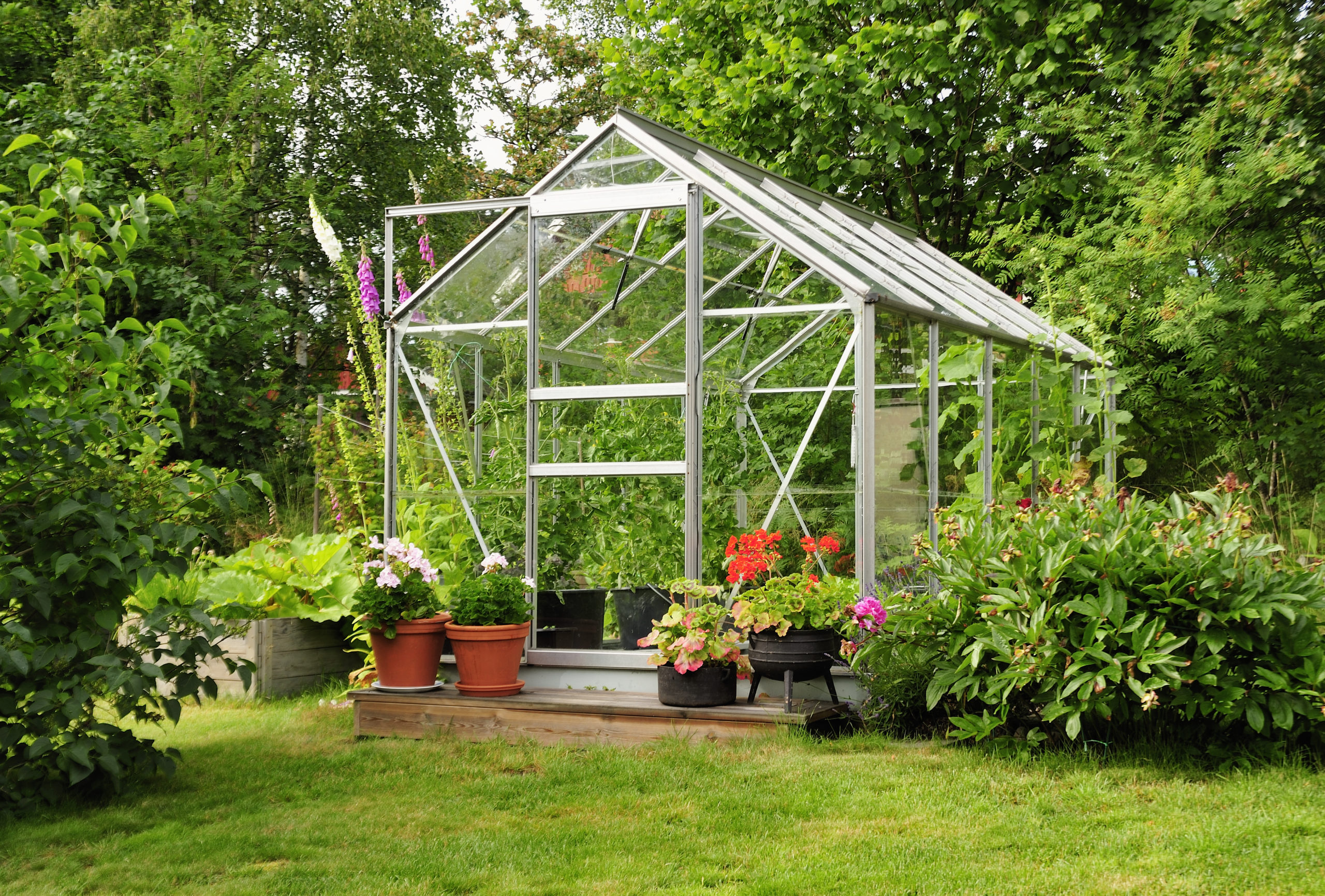

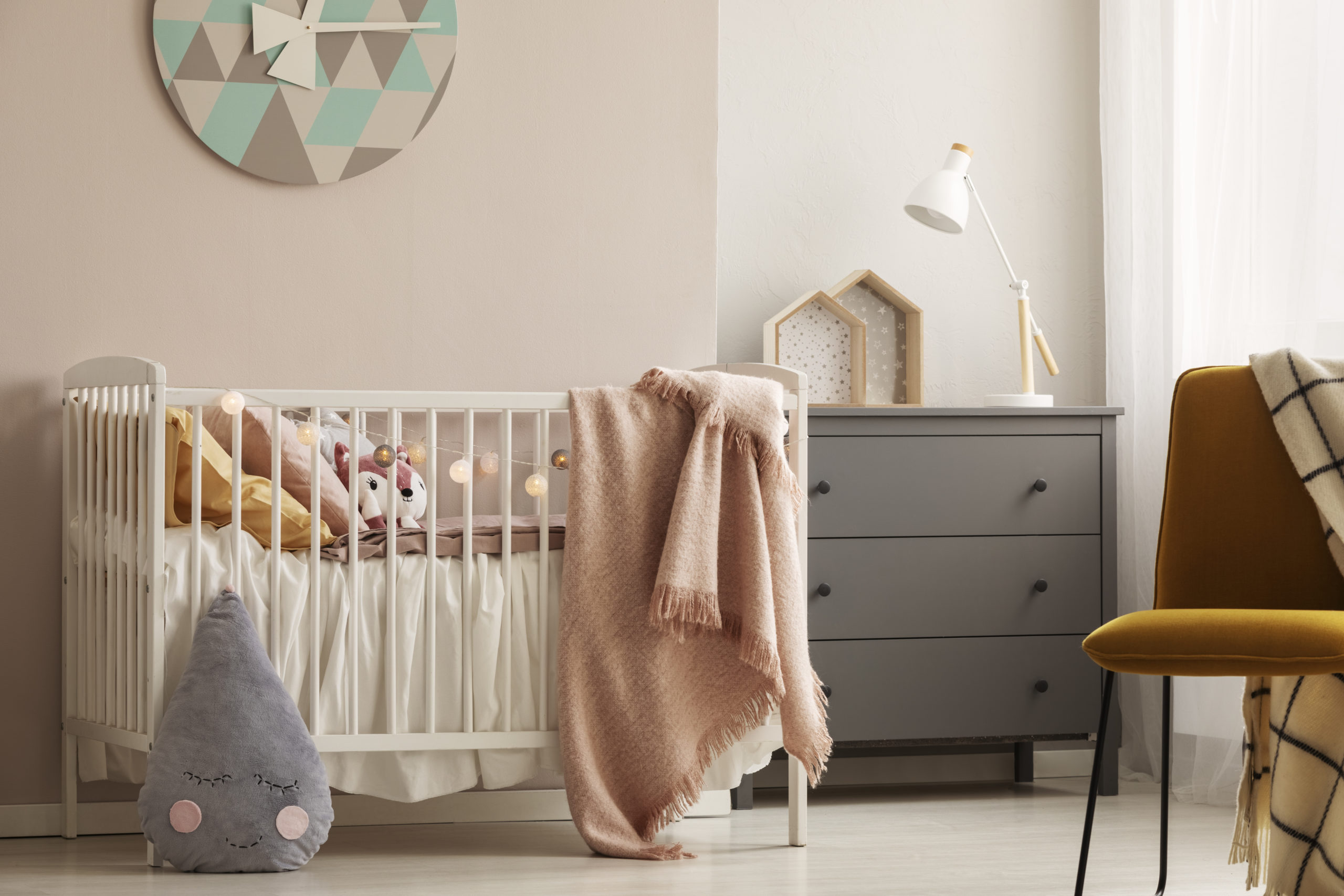
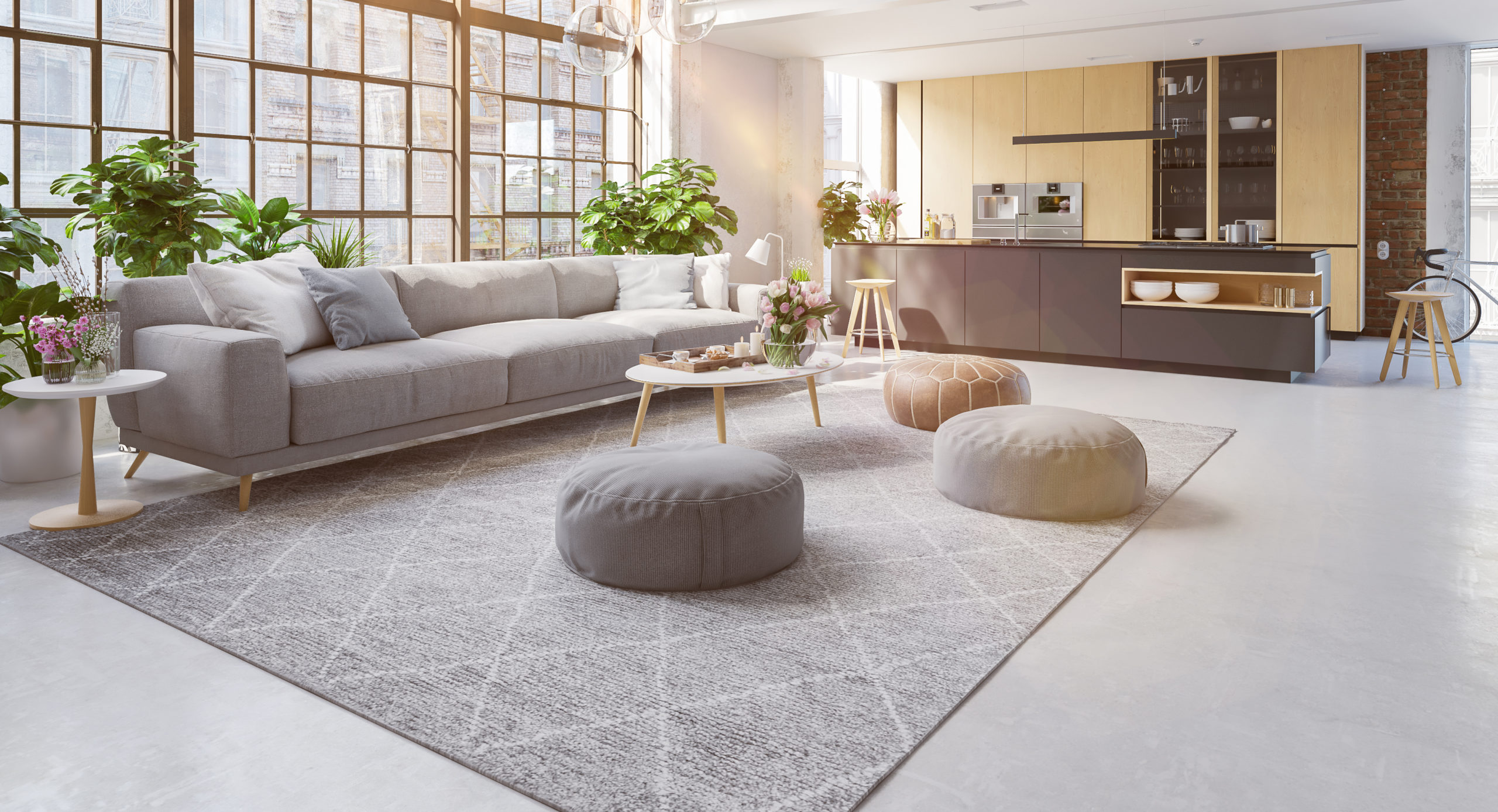
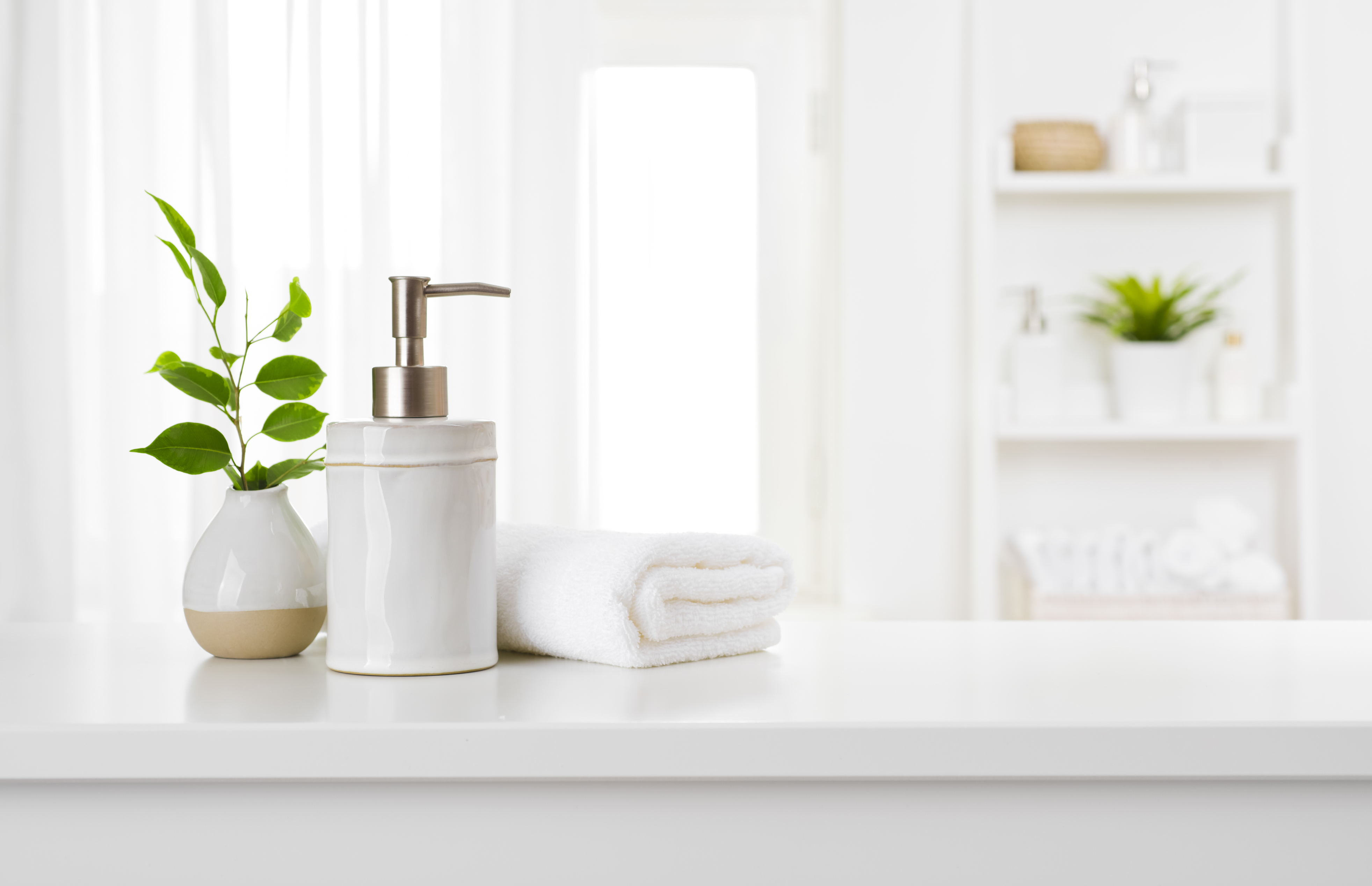
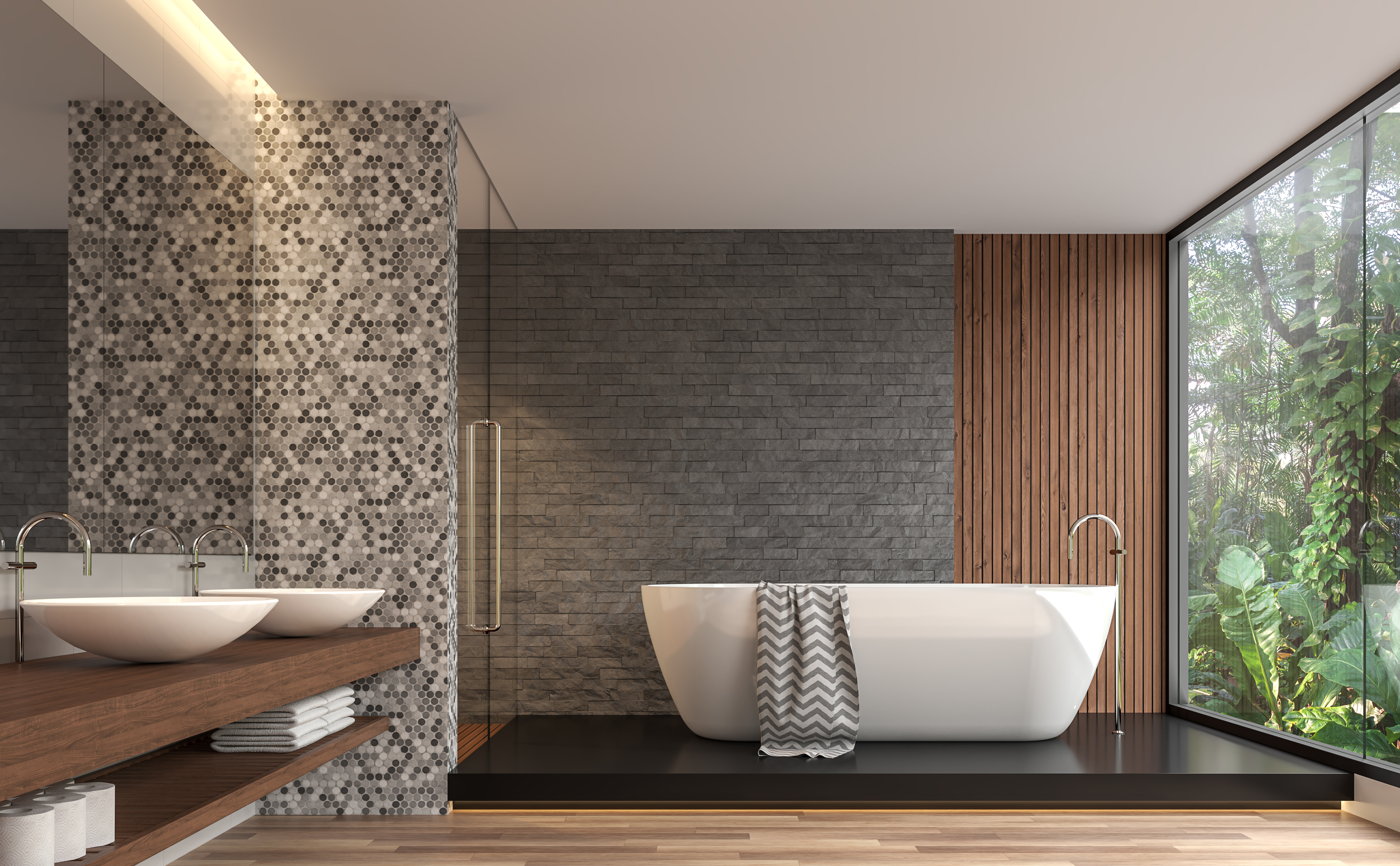

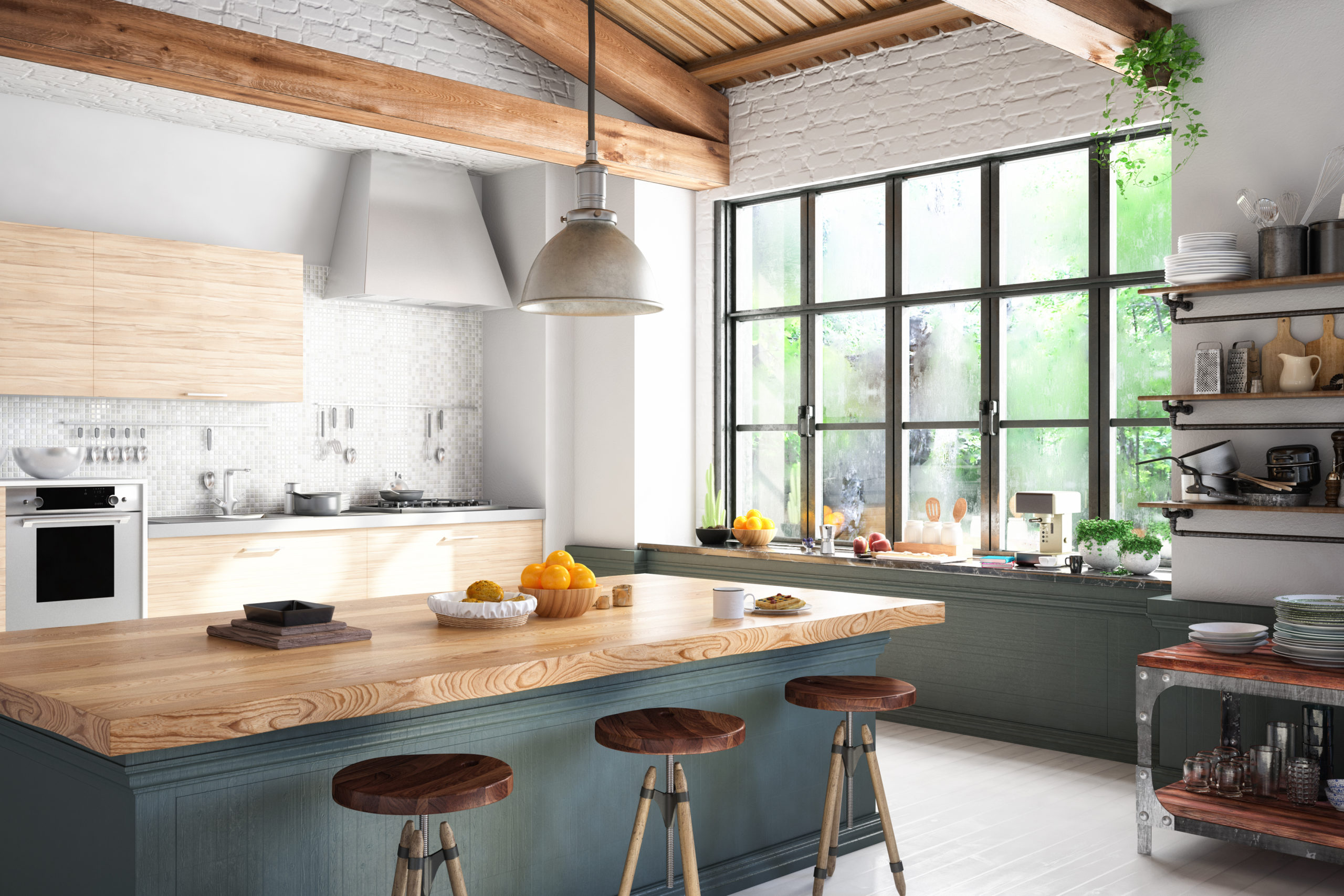







Share this article with your network!